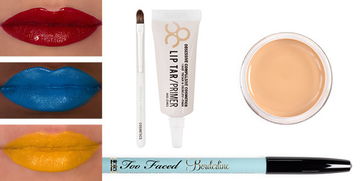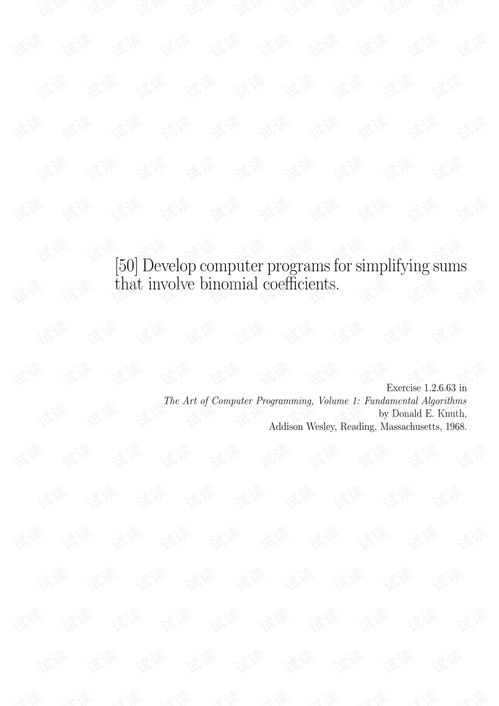Content:
Introduction: Fishing is an enjoyable pastime that requires patience, skill, and precision. One of the most crucial tools for successful fishing is a fishing竿. However, many anglers struggle to master the art of fishing竿 fishing. In this article, we will provide you with a comprehensive guide on how to improve your fishing竿 skills, complete with detailed illustrations to help you visualize the techniques.

Choosing the Right Fishing竿: Before we delve into the techniques, it's essential to choose the right fishing竿 for your needs. Consider the type of fish you want to catch, the water conditions, and your personal preferences. Here are some factors to consider when selecting a fishing竿:
- Length: A longer fishing竿 offers more leverage and is ideal for casting long distances. Conversely, a shorter fishing竿 is more versatile and easier to handle in tight spaces.
- Power: The power of a fishing竿 refers to its ability to handle the weight of the fish. Choose a fishing竿 with the appropriate power for the fish you're targeting.
- Action: The action of a fishing竿 describes how it bends when pressure is applied. Fast-action fishing竿 are more sensitive and suitable for light-line fishing, while slow-action fishing竿 are better for heavy-duty tasks.
- Material: Fishing竿 are typically made from graphite, fiberglass, or a combination of both. Graphite fishing竿 are lightweight and sensitive, while fiberglass fishing竿 are more durable and flexible.
Basic Fishing竿 Techniques: Once you have the right fishing竿, it's time to learn the basic techniques:
a. Casting:
- Hold the fishing竿 with a relaxed grip, using the index finger and thumb to control the handle.
- Position the fishing竿 at eye level, and bring the line over the top of the竿.
- Swing the fishing竿 back, then forward with a smooth, continuous motion.
- Release the line at the apex of the forward cast to achieve maximum distance.
b. Retrieving:
- Retrieve the line by winding it back onto the reel with your free hand.
- Keep the fishing竿 tip low and close to the water to reduce line drag.
- Vary your retrieve speed to mimic the natural movement of the bait or lure.
c. Setting the Hook:
- When a fish bites, quickly raise the fishing竿 tip to set the hook.
- Use a quick, upward motion to ensure the hook is securely engaged in the fish's mouth.
d. Landing the Fish:
- Once the fish is exhausted, gently guide it to the岸边 or into a landing net.
- Be patient and avoid unnecessary stress on the fish.
Advanced Fishing竿 Techniques: To take your fishing竿 skills to the next level, try these advanced techniques:
a. Jigging:
- Use a weighted lure and move it in short, quick bursts to attract fish.
- Vary your retrieve speed and direction to mimic the natural movement of prey.
b. Trolling:
- Attach a lure or bait to a fishing竿 and slowly reel it through the water.
- Adjust the speed and depth of the lure to target different fish species.
c. Fly Fishing:
- Use a fly rod and artificial flies to imitate insects or baitfish.
- Learn the art of casting a fly rod with precision and control.
Fishing竿 Maintenance: To keep your fishing竿 in top condition, follow these maintenance tips:
- Clean the fishing竿 after each use to remove saltwater, dirt, and debris.
- Inspect the fishing竿 for any damage or wear and replace parts as needed.
- Store the fishing竿 in a cool, dry place to prevent rust and corrosion.
Conclusion: Improving your fishing竿 skills is a journey that requires practice and patience. By following this comprehensive guide, complete with detailed illustrations, you'll be well on your way to mastering the art of fishing竿 fishing. Remember to always prioritize safety and ethical fishing practices, and enjoy the beauty and tranquility of the water. Happy fishing!












